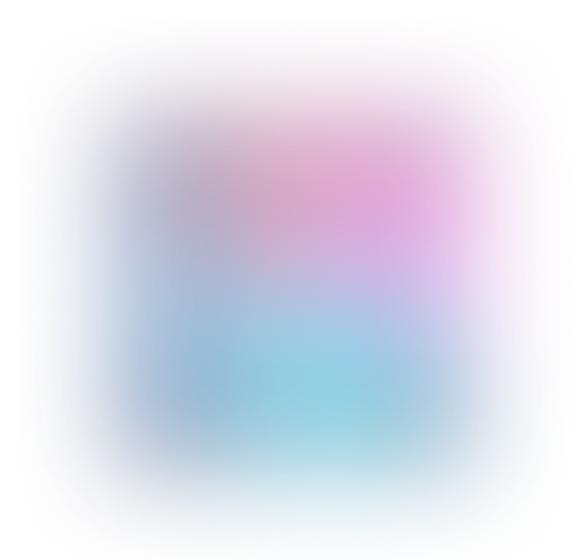Why is the rainbow called a rainbow?
Have you ever looked up at the sky after a rainfall and noticed a beautiful arc of colors? This mesmerizing phenomenon is known as a rainbow. But have you ever wondered why we call it a rainbow? In this article, we will dive deeper into the origins of this enchanting name and explore the science behind this captivating natural phenomenon.
The Origin of the Name
The word "rainbow" has an interesting etymology. It derives from the Old English word "regn" which means rain, and "boga" which means arch or bow. When combined, these two words create the term "rainbow," which perfectly describes the appearance of this multicolored arc that seems to stretch across the sky after a rainfall.
The Science behind the Rainbow
To understand why rainbows occur, we need to explore the interaction between light and water droplets. When sunlight passes through a raindrop, it undergoes a process called refraction. This refraction causes the white light to separate into its component colors, just like when you pass light through a prism.
The Role of Raindrops
The spherical shape of raindrops plays a crucial role in the formation of rainbows. As sunlight enters the raindrop, it refracts and then reflects off the inside surface of the droplet. The light then refracts again as it exits the drop, creating a dispersion of colors.
The Formation of Colors
As the dispersed light leaves the raindrop, it spreads out in a cone-like shape. If you imagine millions of raindrops in the sky, each one acting as a tiny prism, the result would be a circular arc of colors. The sequence of colors in a rainbow is always the same: red, orange, yellow, green, blue, indigo, and violet. This order of colors can be remembered using the mnemonic "ROYGBIV."
Fascinating Rainbow Facts
- Rainbows can be full circles: While we often see rainbows as semicircles due to the horizon blocking the lower part, rainbows can actually form a complete circle.
- Double rainbows: Occasionally, a second, fainter rainbow can be seen outside the primary rainbow. This is known as a double rainbow.
- Spectral colors: Each color in the rainbow corresponds to a different wavelength of light.
- Intense colors after a storm: The colors of a rainbow are often more vibrant after a rainstorm due to the presence of clear air and a darker background.
- Mythology and symbolism: Throughout history, rainbows have held various meanings in different cultures, symbolizing hope, luck, and even bridges between the human and divine realms.
Frequently Asked Questions
1. Are rainbows rare?
No, rainbows are not rare. They can occur whenever there is rain and sunlight at the same time. However, they are not always visible due to factors such as the angle of the sun and the position of the observer.
2. Can you touch a rainbow?
No, you cannot physically touch a rainbow. It is an optical illusion created by the dispersion and refraction of light. If you try to approach a rainbow, it will simply disappear.
3. Can rainbows appear at night?
Rainbows typically appear during the day when sunlight is illuminating raindrops. However, under certain circumstances, such as a full moon and rain or artificial light sources, you might be able to observe a lunar rainbow, also known as a moonbow.
4. How big is a rainbow?
The size of a rainbow depends on various factors, such as the size and shape of the raindrops and the observer's position. Typically, rainbows have a radius of around 42 degrees, with the center of the circle appearing opposite the sun.
5. Can you create a rainbow?
While you cannot create a natural rainbow, you can produce a simulated rainbow using artificial methods. One popular method is by using a water hose or a sprinkler to create water droplets, and then standing with your back to the sun to observe the colorful arc.
In conclusion, rainbows are not only visually captivating but also have a fascinating scientific explanation. From the etymology of their name to the intricate interplay between sunlight and water droplets, understanding the phenomenon of rainbows adds an extra layer of awe to these natural wonders. So, the next time you spot a rainbow, take a moment to appreciate the beauty and complexity behind its existence.
Popular questions on the topic: Other
New questions by subject
from an AI-bot






